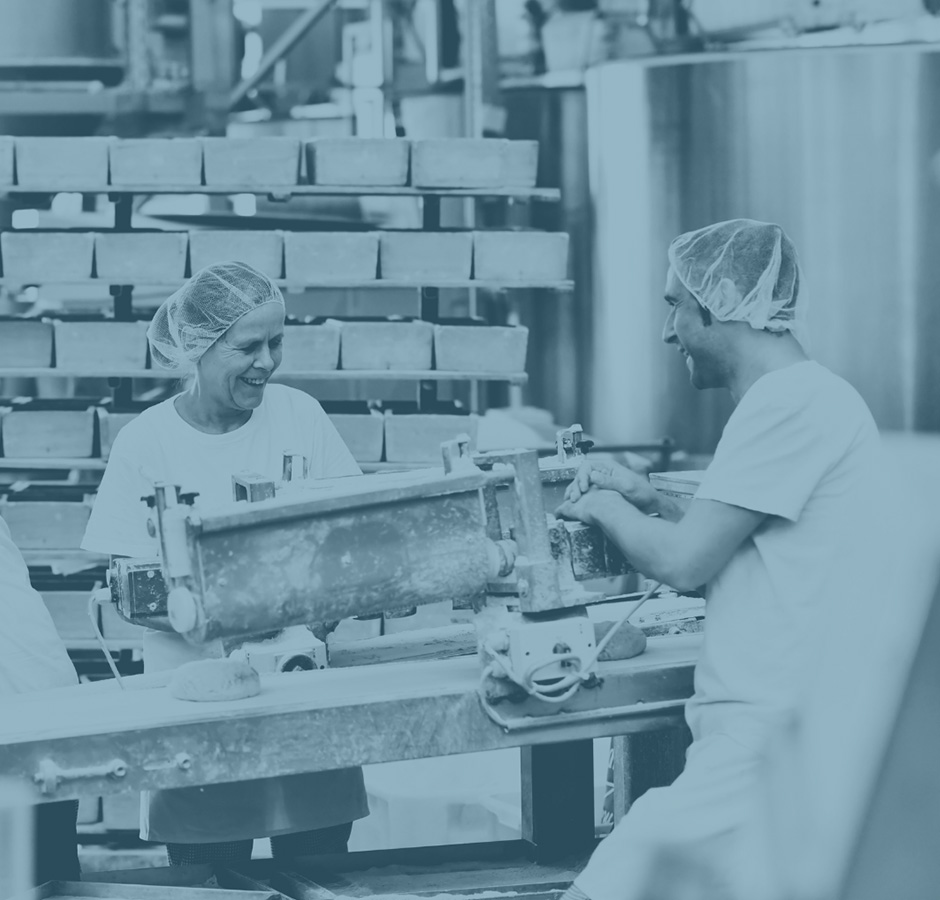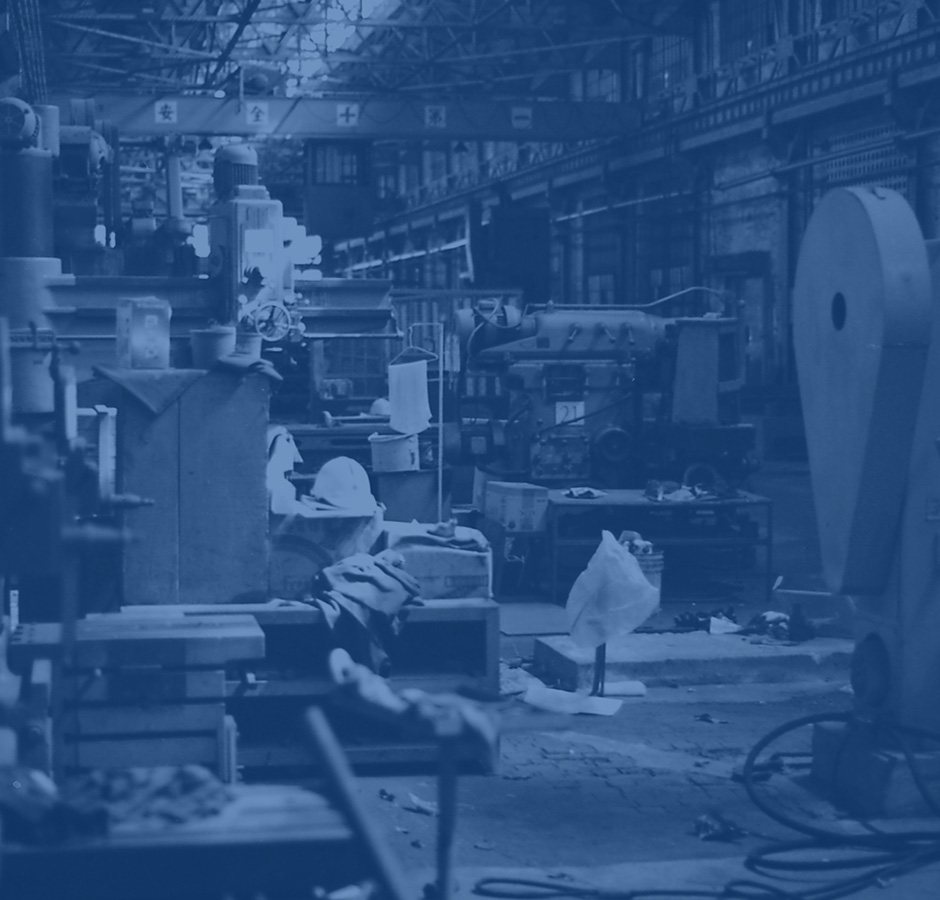As we move through the second half of 2025, businesses across North and South Carolina are keeping a closer eye on labor costs. Whether you're in warehousing, light industrial, or manufacturing, you've probably noticed the bill rates from staffing agencies creeping up—and you might be wondering why.
Let’s talk about it.
What’s Causing Mark-Up Rates to Rise Right Now?
There are a few key factors impacting staffing costs in the Carolinas this year:
- Minimum wage pressures driven by the economy: With inflation on the rise, and ongoing recession concerns, workers are demanding higher pay just to keep up with everyday expenses. Even for entry-level roles, wages are rising across the board. Employers are having to adjust pay rates to attract and retain talent, which directly impacts staffing mark-ups - especially in labor-heavy industries like manufacturing and logistics.
- Rising insurance premiums: Workers’ comp costs are going up, especially for high-risk industries like logistics and manufacturing. That affects what staffing agencies need to charge in order to protect both you and the employee.
- Skilled labor shortages: Positions like welders, CNC machinists, and maintenance techs are in short supply AND in high demand. When competition increases, wages follow.
All of these factors combine to impact on your bottom line. But here’s the thing many business owners are starting to realize: a higher mark-up isn’t just about cost. It’s about stability.
Understanding the Value Behind a Mark-Up
Right now, in Q3 2025, average staffing mark-ups for warehouse and industrial roles are falling between 45% to 60%. And yes, that might raise some eyebrows...until you look at what it actually covers and how much it can save you in the long run.
Let’s break it down with a real-world example:
Say you're hiring a forklift operator at $18/hour. A 50% mark-up brings your bill rate to $27/hour. That rate doesn’t just pay for the worker’s time. It includes:
- Their wages
- Payroll taxes and weekly payroll processing
- Workers' compensation and unemployment insurance
- Recruiting time and onboarding support
- Compliance checks and documentation handling
- Coverage when they no-show or quit unexpectedly
So while the number on the invoice might be higher than a direct hire, you're also avoiding all the hidden costs that come with DIY hiring—like missed production deadlines, excessive HR hours, and high turnover headaches.
Here’s the Bottom Line
A higher mark-up often leads to lower risk and better results. It's about having a workforce you can depend on; without the stress of constantly hiring, training, or scrambling for backups.
Let’s make your labor budget work smarter!
Ready for a personalized mark-up breakdown? Reach out today and let’s make sure your staffing costs are working as hard as your team is.



